AI is still inaccurate. We try to vet the obvious errors within our ability. Please comment if you see an error!
Verse: "And as it is appointed for men to die once and after this comes judgment," (Hebrews 9:27)
Context: This verse appears in the Book of Hebrews, a letter aimed at Jewish Christians struggling with their new faith. The author uses the Old Testament sacrificial system as an analogy to explain the superiority of Christ's sacrifice. In chapters 8 and 9, he argues that Christ's one-time sacrifice on the cross was sufficient for the forgiveness of sins, unlike the repeated animal sacrifices required under the Old Covenant.
Key Points:
Interpretations:
Further Considerations:
Conclusion:
Hebrews 9:27 offers a concise statement about human mortality and its consequences. While interpretations vary, its core message emphasizes the finality of death and the significance of Christ's sacrifice in the Christian worldview. Ultimately, the verse invites reflection on how individuals choose to live in light of their understanding of death and judgment.
Easter falls on different days each year, unlike holidays like Christmas that have a fixed date. This has to do with how Easter is determined and its historical connection to other events. Here's the breakdown:
1. Connecting to Passover: Early Christians linked Easter to the Jewish holiday of Passover, which celebrates the Israelites' freedom from slavery in Egypt. This association is because Jesus's last supper, and consequently his crucifixion, happened during Passover. However, Passover itself doesn't have a fixed date on the solar calendar because it follows the lunar cycle.
2. Spring Equinox and Full Moon: In the 4th century, the Council of Nicaea tried to standardize the way Easter is calculated. They linked it to the spring equinox (around March 20th/21st) and the first full moon after that. This created a "movable feast" as the full moon doesn't always fall on the same day relative to the equinox.
3. Different Dates for Different Churches: Unfortunately, even after Nicaea, there were inconsistencies in how the full moon and equinox were calculated. This led to a split between Western and Eastern churches. Currently, most Western churches use the Gregorian calendar while Eastern churches follow the Julian calendar, resulting in occasional differences in their Easter dates.
4. Fixed Range, But Still Mobile: Combining these factors, Easter can fall on any Sunday between March 22nd and April 25th. It might seem arbitrary, but the tradition holds historical significance and connects Easter to Passover and the spring season.
I hope this explanation clarifies why Easter moves around the calendar!
Sherman Hammons (1903-1988) was an accomplished singer and fiddler, known for his traditional Appalachian style. His music is part of a rich cultural heritage, representing an ancient repertoire of the Appalachian region. Recordings of his work, such as "Sourwood Mountain" and "Christmas Morning," have been preserved and are available for public enjoyment, though they are not intended for commercial use
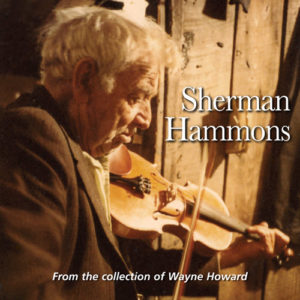






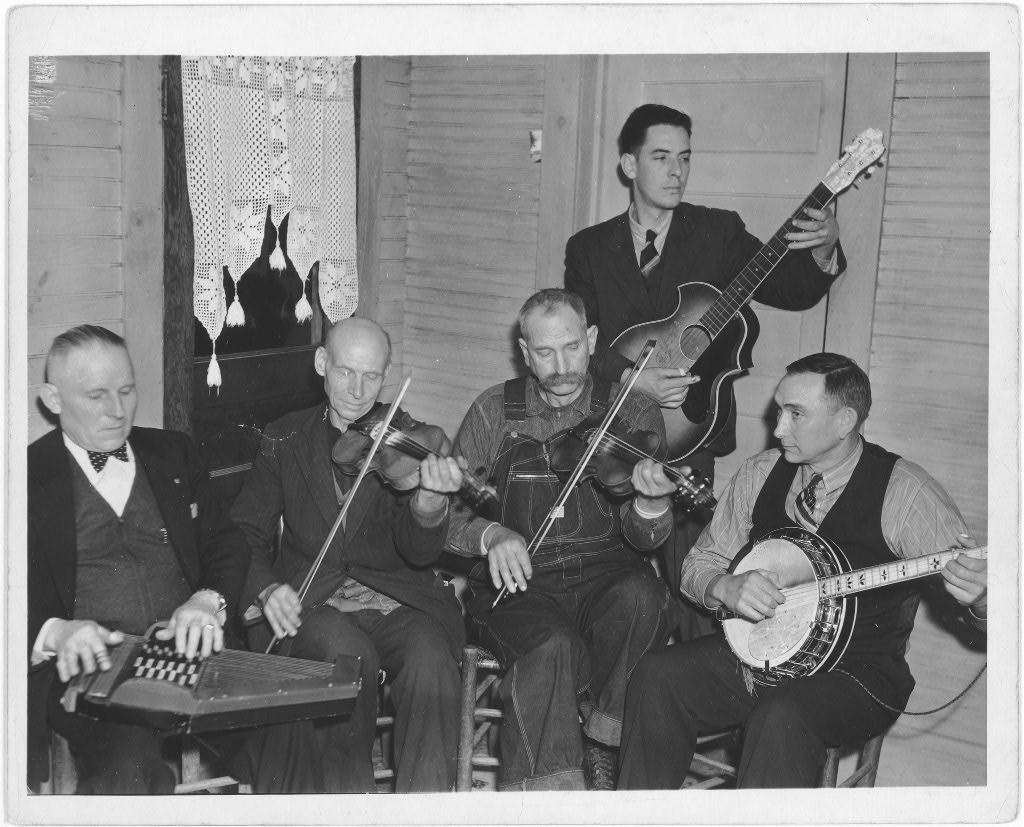
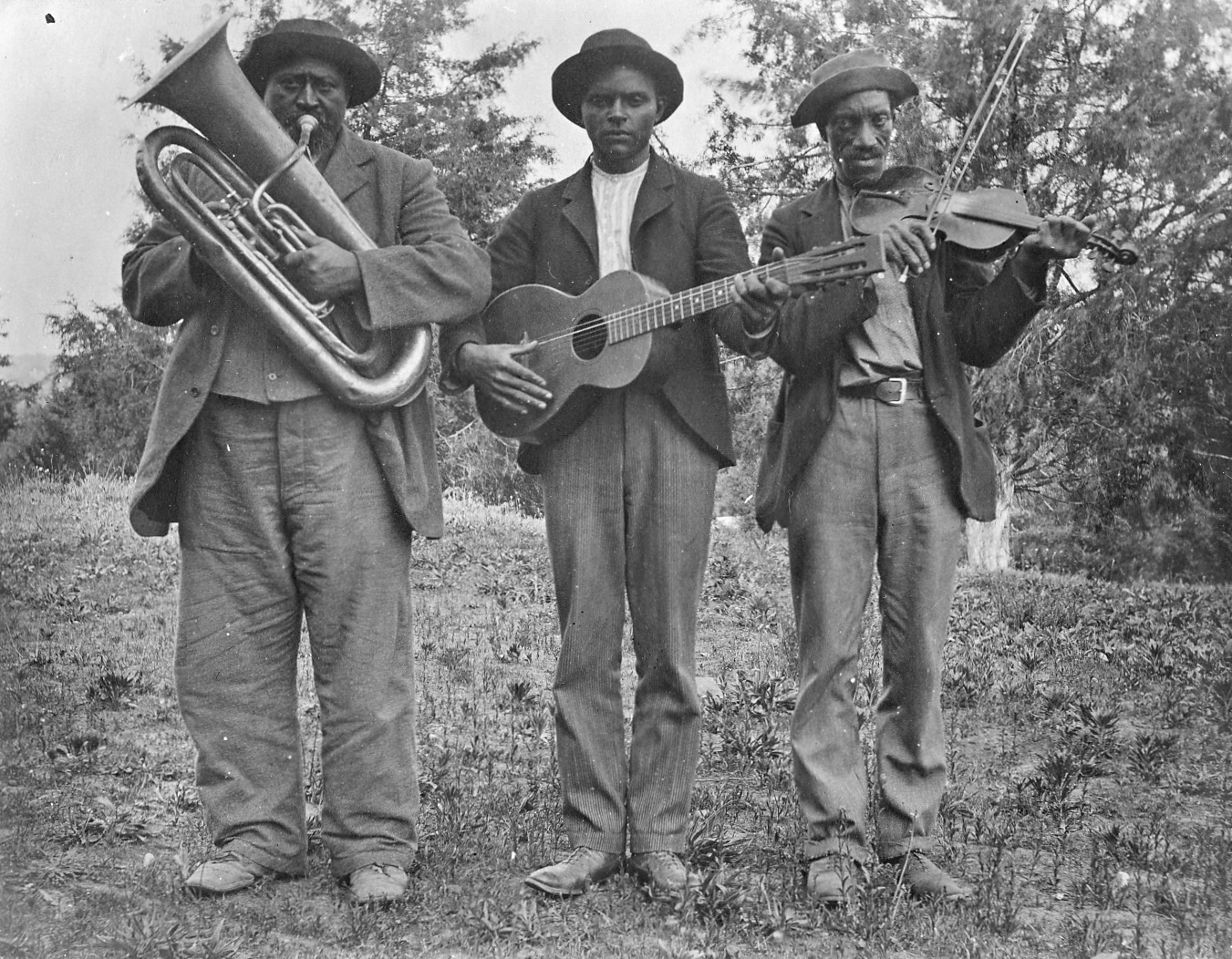





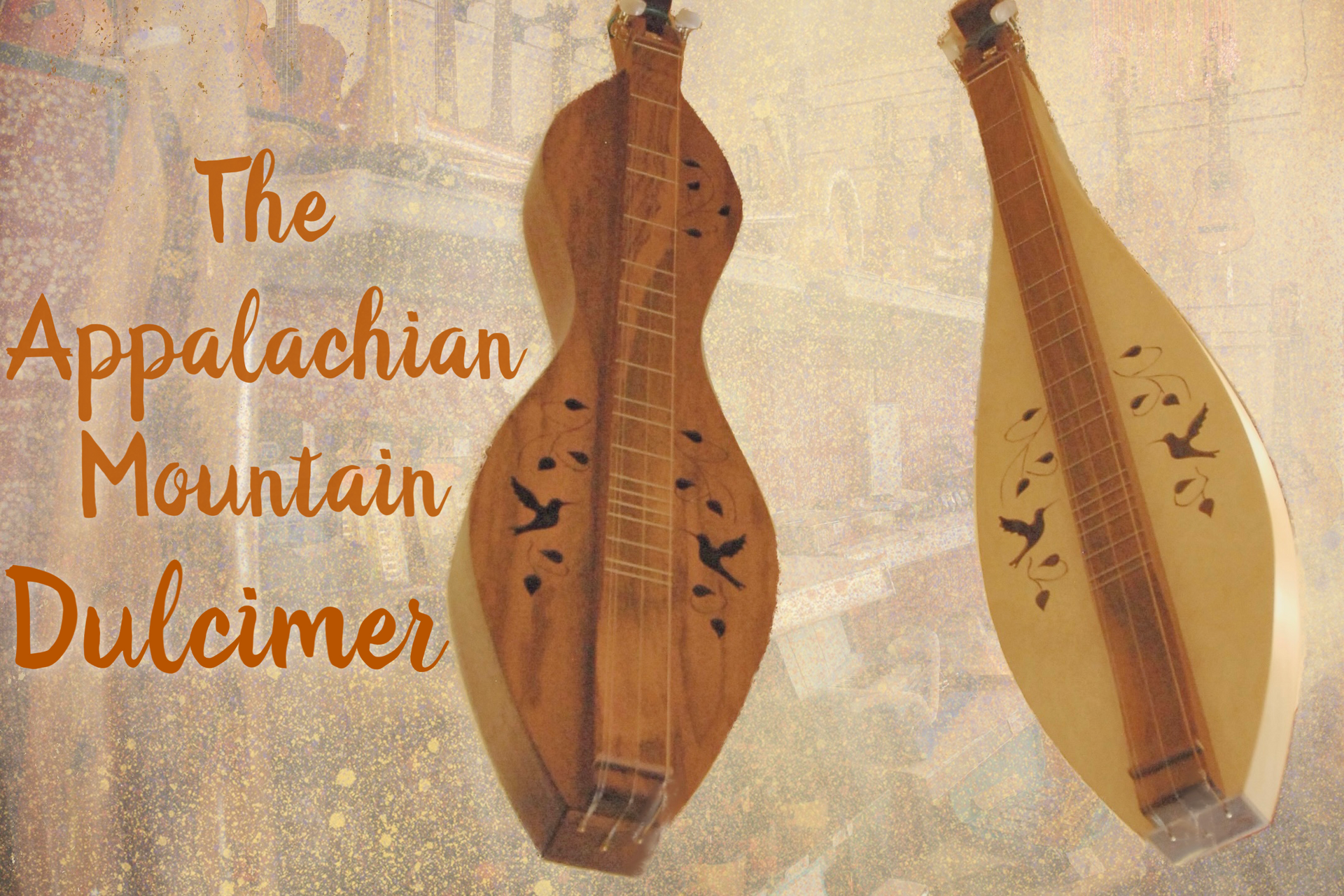


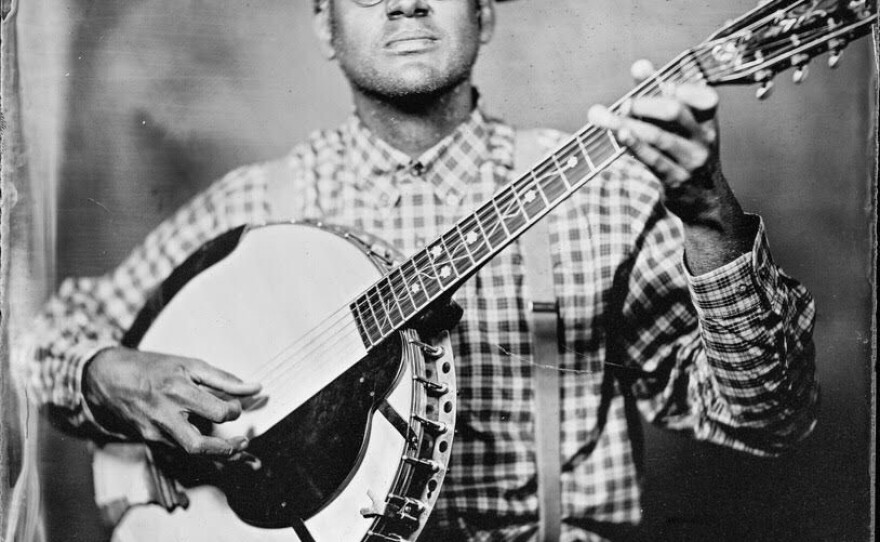





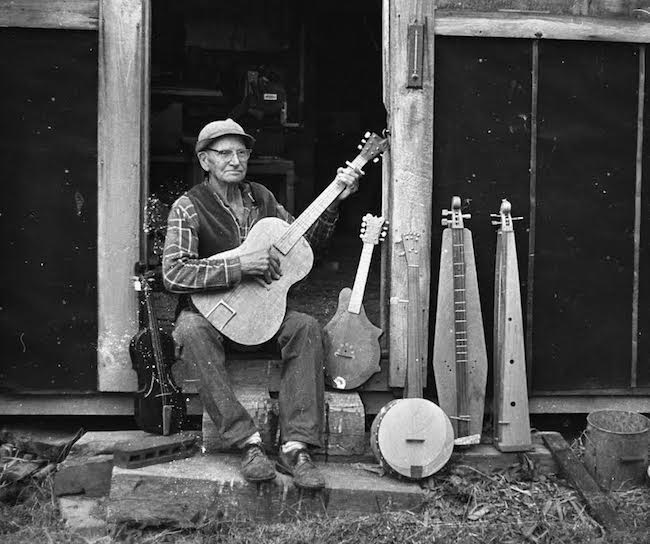
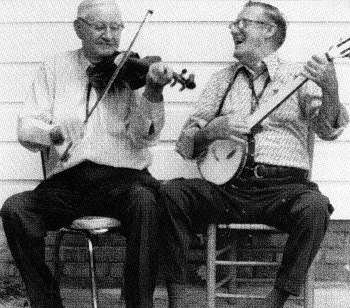

Dwight Diller (August 17, 1946 – February 14, 2023) was a distinguished American musician and educator, celebrated for his mastery and preservation of traditional Appalachian old-time music, particularly from West Virginia. His expertise was most notably recognized in the clawhammer style of banjo playing, though he was also proficient with the fiddle. Diller's contributions to music were deeply rooted in the cultural heritage of his home region, Pocahontas County, West Virginia, where he was born and raised amidst the mountain culture of east-central West Virginia. His ancestors were among the earliest settlers of the area, which significantly influenced his early interest in the region's traditional stories and music

Land Availability:
Proximity to Relatives:
Religious Freedom:
Economic Opportunities:
Following Migration Trends:
Personal Reasons:
Further Research:
The Friel (and O'Friel) family immigration closely mirrors the two-wave pattern of general Irish history, but with a specific focus on...
